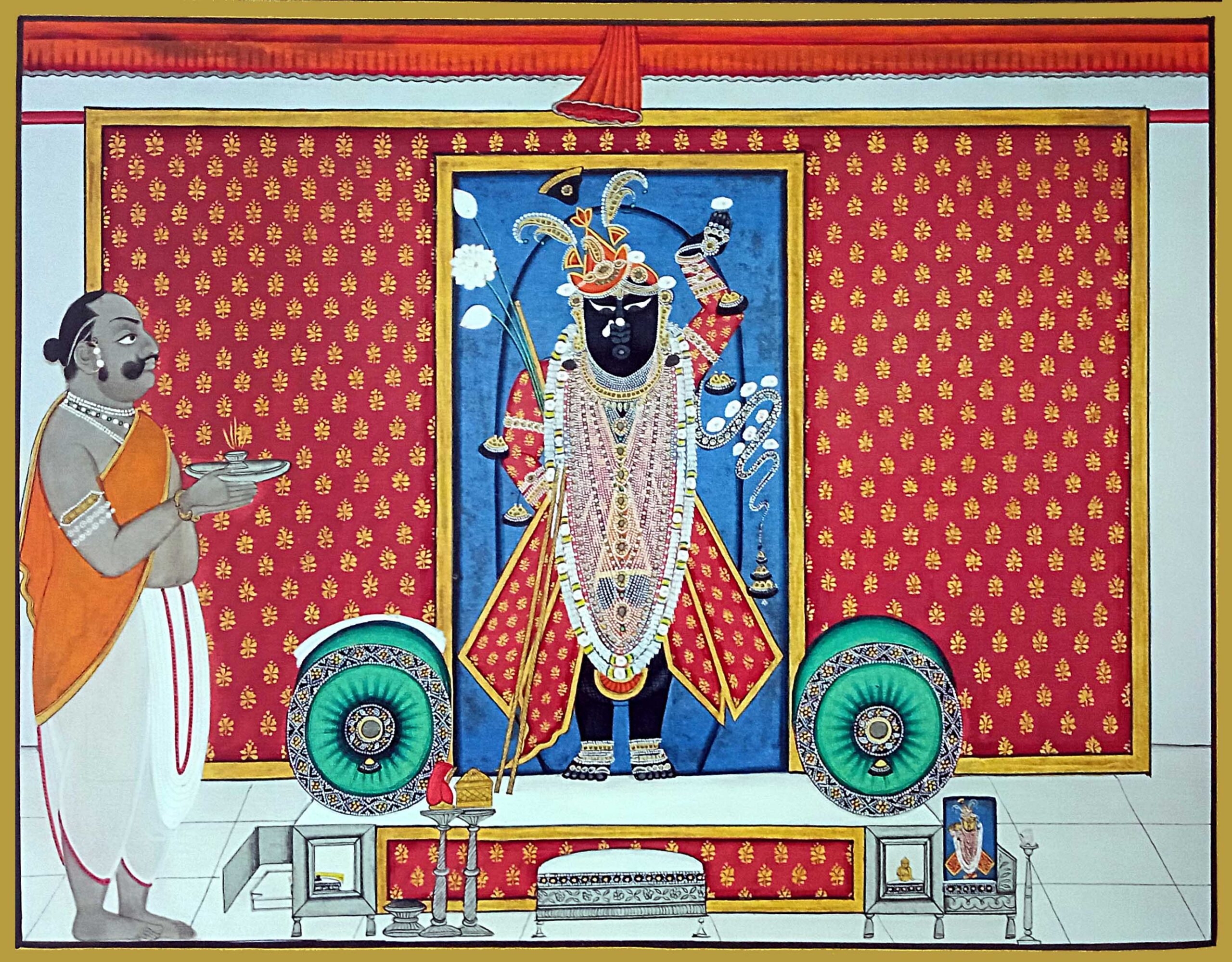Nobody’s Art –Everybody’s Art
Lina Vincent Sunish
To see art in a mutilated wall with plaster falling off, or a paan-blotch is a stretch. It is something that anyone living in India for long enough would question, surrounded as we are by these constantly appearing and vanishing traces of human interaction with built surfaces. They are all around us, in cities, towns and villages, as people negotiate for space to advertise, vandalise, and use in a multitude of ways. These marks and layers are remnants of human time spent, words spoken, rituals borne out, revolutions fought and ideas evoked. The walls and surfaces are in fact silent recorders. If the beauty of such sites lies in the eye of the beholder, then surely it is in the vision of Reg Fallah. Intriguingly, through his book of photographs, he convinces his viewers of this beauty, which we are blinded to mostly.
The images in Nobody’s Art lull you into a rhythm of expected and unexpected design – there are both surprises and recognitions. You begin to see what he sees, with his eye, and what he frames with his camera lens. The photograph has a way of presenting things just so, of shaping our vision in a certain way which with our eyes we cannot. Therefore, each frame becomes an independent composition on its own, separated, disconnected from the story of the rest of the wall/surface – and the chaos that perhaps pervades it. These are fragments of a whole, internally fragmented themselves, but in the jigsaw puzzle of the book the secrets begin to appear.
The Volume contains a wide spectrum of photographs, taken largely in western and central Indian cities and towns. Fallah definitely has an eye for colour, composition, form and texture, and mood. With deep perception into the found and existing, he catches patterns, shapes and lines; these morph into figures and landscapes, and abstract forms. Close scrutiny brings out characteristic elements – the remains of language and scripts in advertisements, (English or Hindi) publicity posters for events and films – often creating an interesting connection to a particular time frame, and region. A dog here, a tree there, a figure in another – enter into the frames as features of the (unexplained) narratives. In some instances, human figures (many female) appear almost complete, but with facial features absent, raising questions
about the nature of the ‘removers’.


